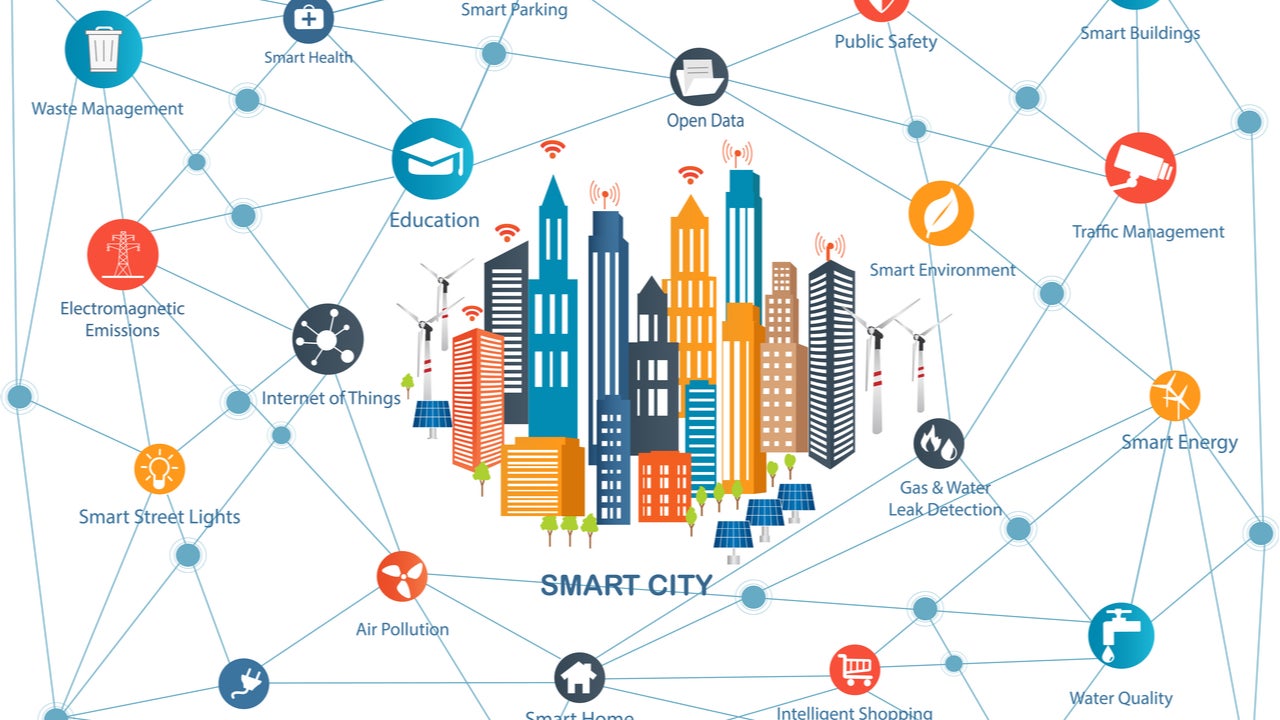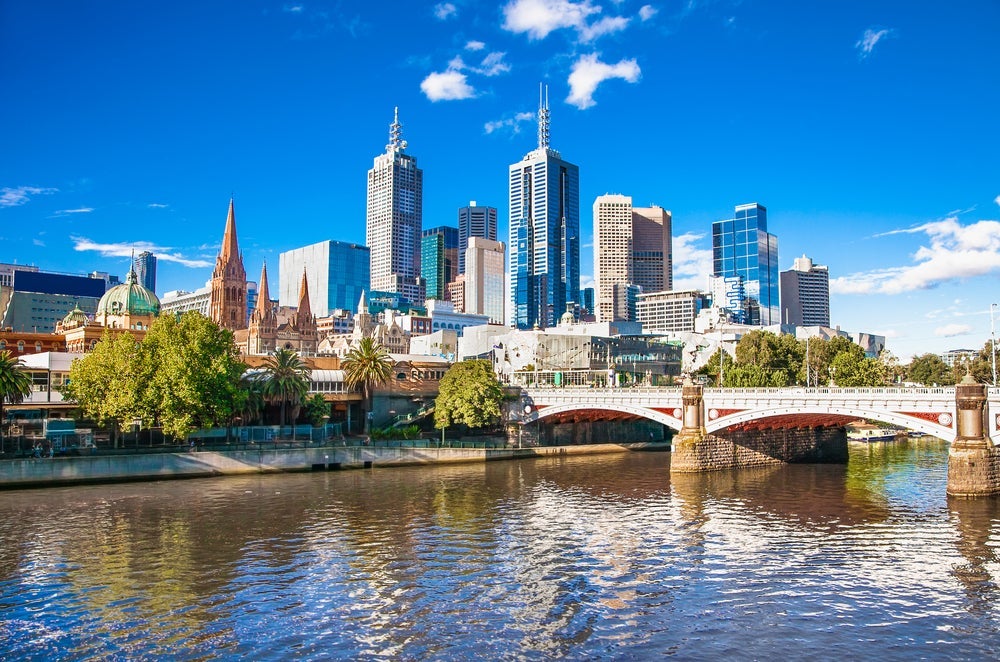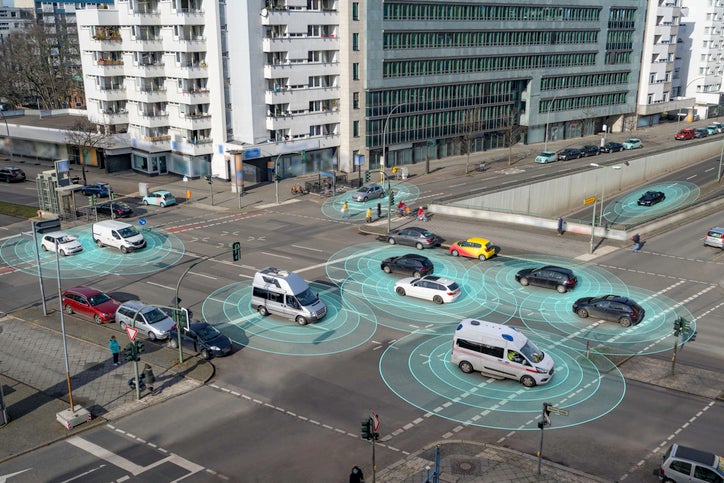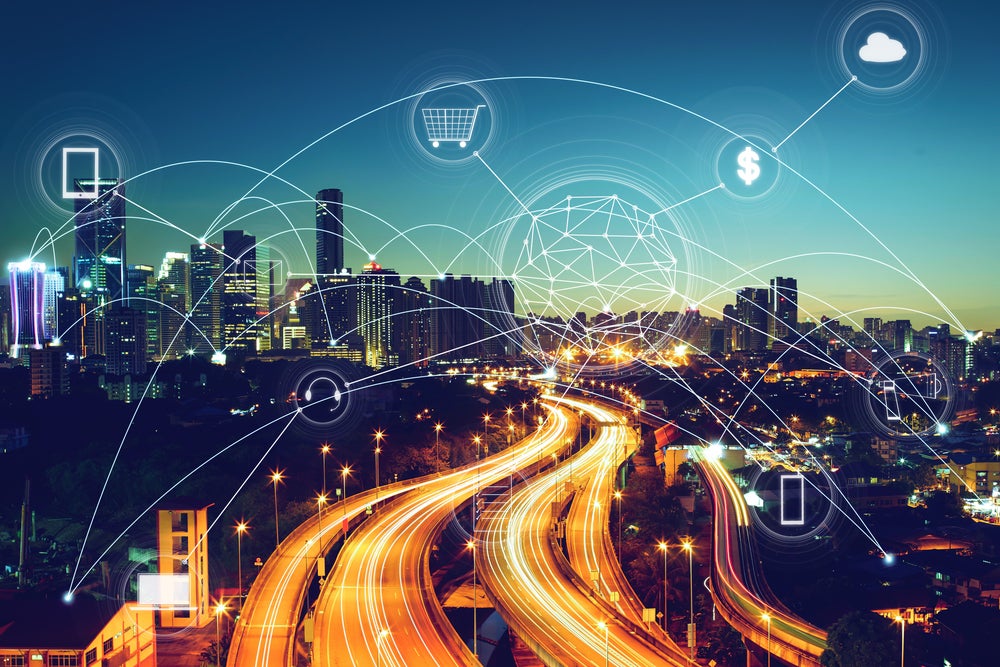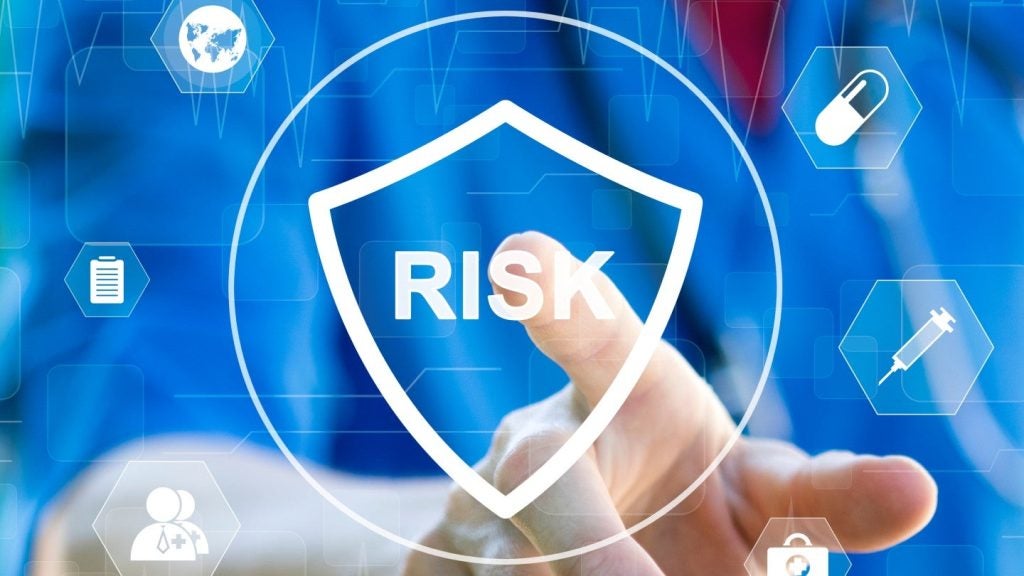New York ‘s city council is considering a bill that would put a single agency in control of the implementation of smart city technology. This proposal shows that although the idea of smart, sensor-driven cities has lost lustre during the pandemic, innovative city thinking remains very much alive.
Smart cities before the pandemic
Smart city thinking before Covid hit focussed on technologies like the Internet of Things (IoT), Artificial Intelligence (AI), and Machine Learning (ML) and had a techno-solutionist approach that seemed to pay more attention to technology than the communities they would be used for. Such technologies would improve the efficiency of water pipes, sewage, and utilities, and would monitor them to predict and reduce maintenance requirements, while perpetuating the idea of a flashy smart city humming with intelligent sensors.
However, the pandemic has changed cities in dramatic ways, influencing how we are commuting, living, working, and buying. While some of these trends might be reversible, others will be permanent, as many workplaces are relaxing the requirement of having to come to the office. Moreover, data privacy and cybersecurity concerns mean that the idea of putting sensors everywhere does not sound as attractive as it once did. How then will this change smart city thinking and technology as the world starts opening up again?
Reimagining the smart city
Cities were unprepared for the pandemic and they were hit hard. An Association of British Insurers (ABI) report on Covid-19 said that cities should ‘lose their innocence and naïve ‘nothing can happen to us’ beliefs and adopt responsible attitudes toward resilience’, and Ben Kallos, the main sponsor of the New York bill, stressed that smart city technology would help them pave the way towards an ‘equitable recovery’.
Thus, current city rhetoric is focusing more on recovery, resilience, and equity than purely on smart sensor technology. That the Florida city of Tampa recently published its new resilience plan to not just prepare for climate change but also to build a stronger community is an example of this.
Digital twins
Digital twin technology, which creates virtual representations of real-world entities, could play a key role in making cities more resilient. Cardiff University demonstrated the use of digital twins in a pandemic as its digital twin model was able to capture, monitor, analyse and forecast real-time local Covid-19 infections. Helsinki uses digital twins as a tool to mitigate climate change and improve energy efficiency. Technology could also make a difference for equity and inclusivity. For transit companies, this would mean no longer having a focus on a ‘one-size-fits-all’ solution and instead prioritising equity and accessibility.
How well do you really know your competitors?
Access the most comprehensive Company Profiles on the market, powered by GlobalData. Save hours of research. Gain competitive edge.

Thank you!
Your download email will arrive shortly
Not ready to buy yet? Download a free sample
We are confident about the unique quality of our Company Profiles. However, we want you to make the most beneficial decision for your business, so we offer a free sample that you can download by submitting the below form
By GlobalDataAs cities take firmer steps to help combat climate change as well as focus on inclusivity, the idea of the smart city as it was envisioned could start to hold less clout. While nobody can deny that technology is and increasingly will be used in cities, the idea of smart glossy cities might be losing its appeal. Instead, in line with the legacy of the pandemic, what we are starting to see is the rise of the sustainable, resilient, or connected city. And that will no doubt include New York.


